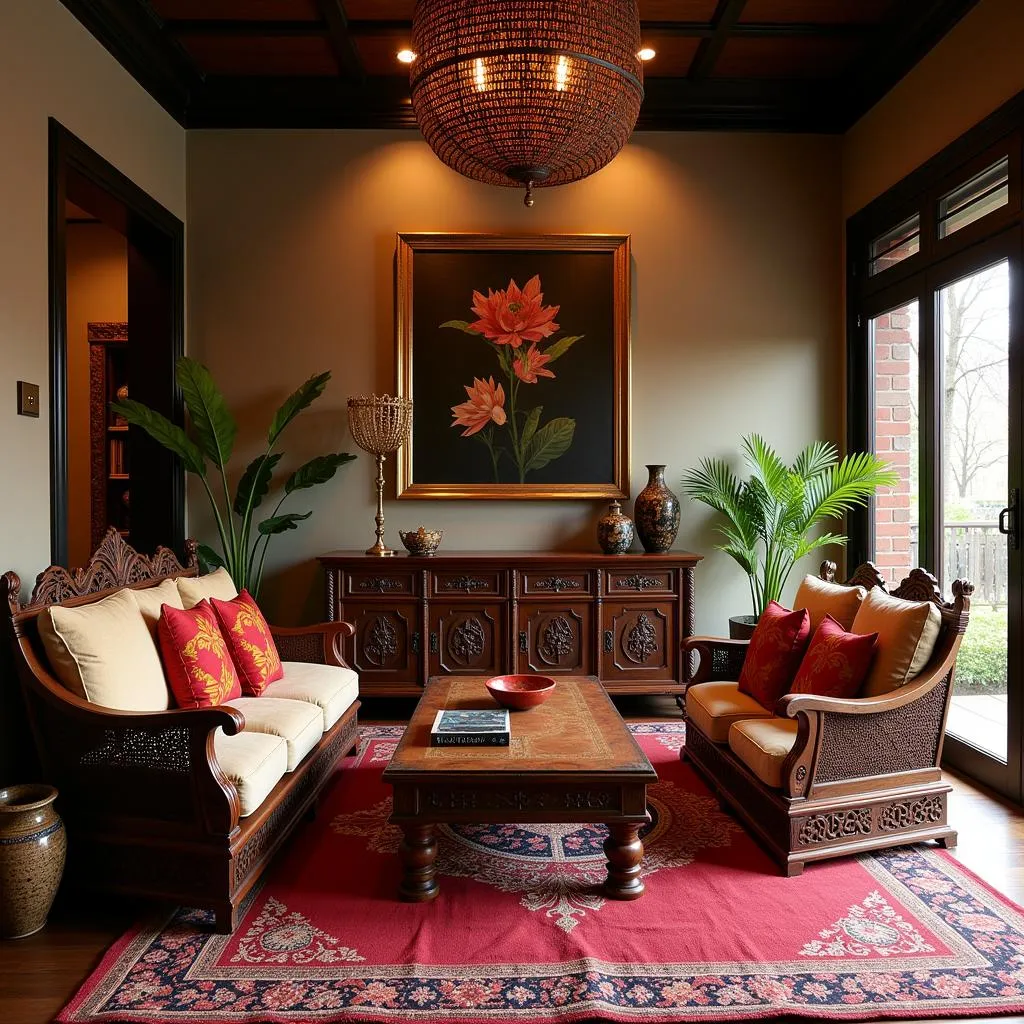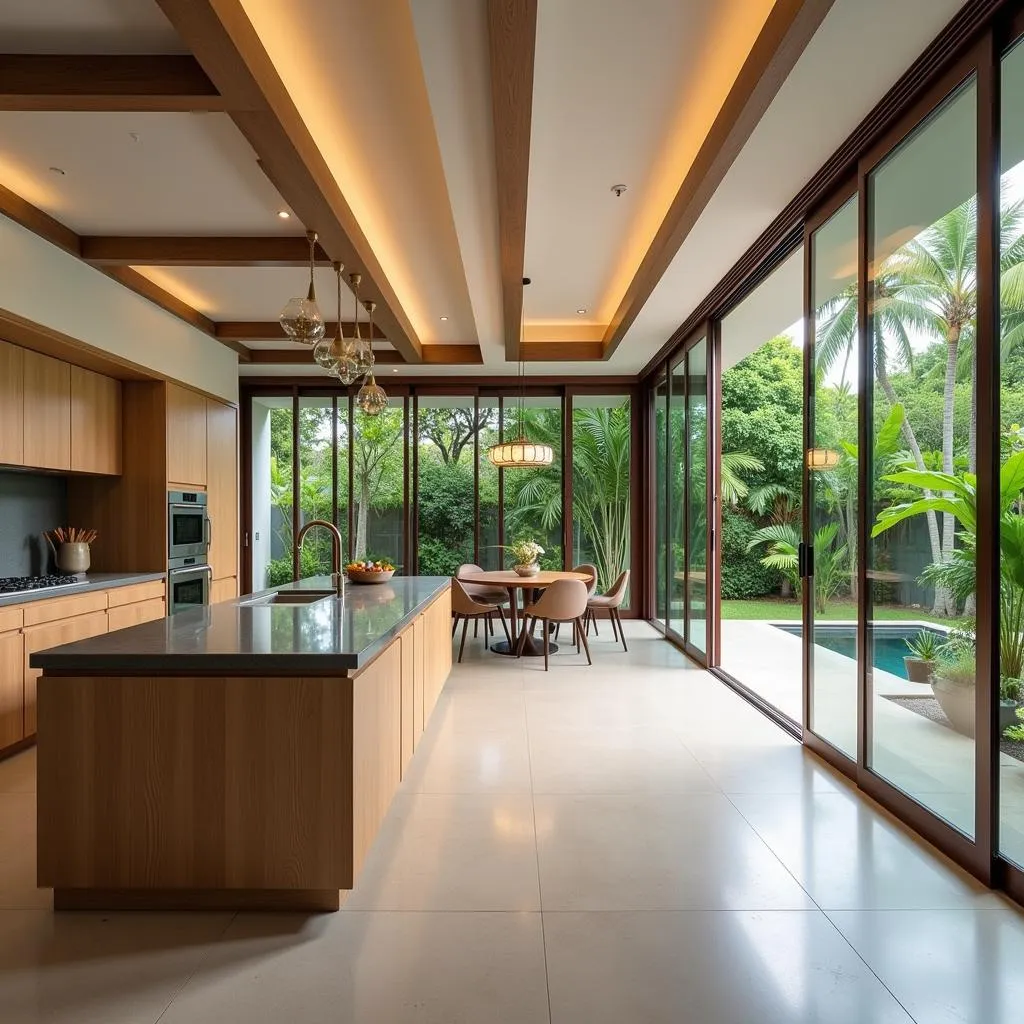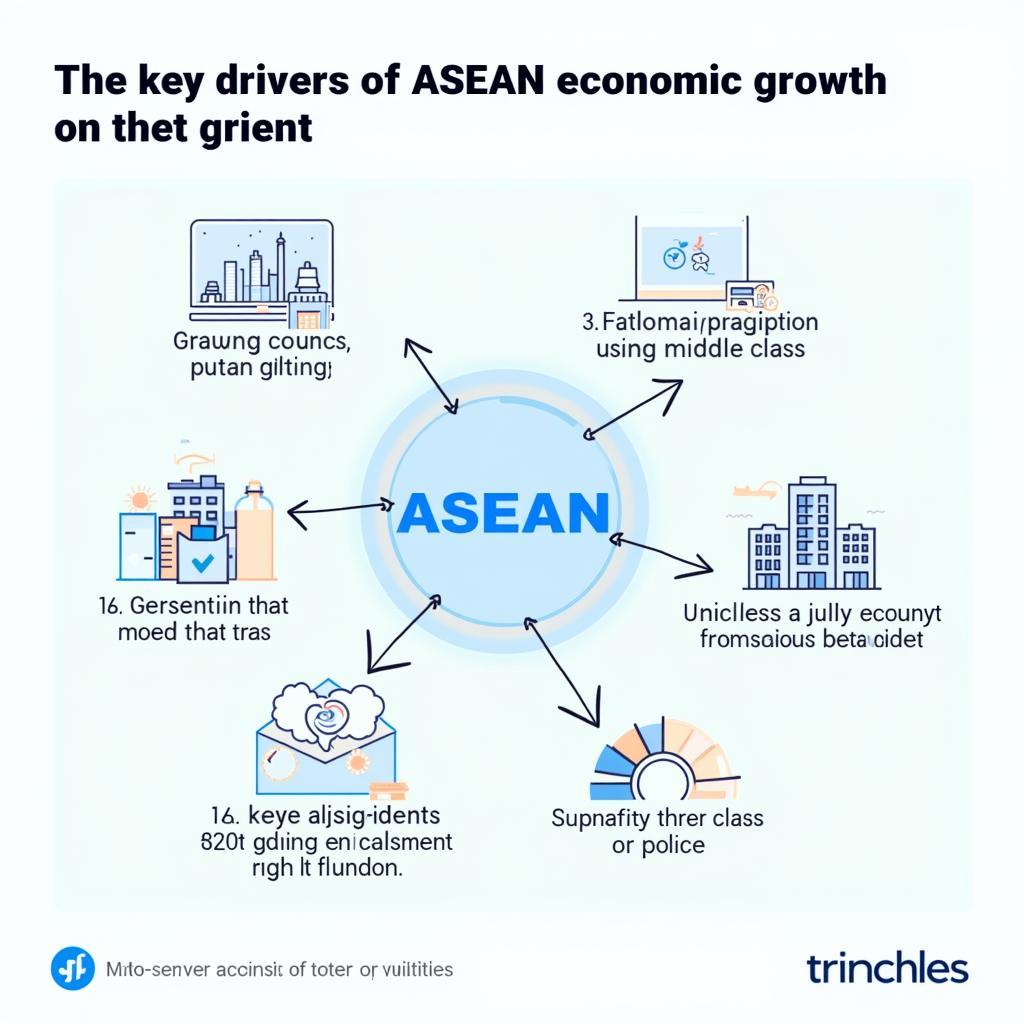Asean wohnkultur reflects the diverse and vibrant cultural tapestry of Southeast Asia. From the intricate wood carvings of Bali to the minimalist design sensibilities of Singapore, Asean homes are a blend of traditional aesthetics and modern influences.
Unveiling the Essence of Asean Wohnkultur
 Southeast Asian Home Decor with Traditional Elements
Southeast Asian Home Decor with Traditional Elements
The term “wohnkultur,” originating from German, encompasses the idea of “living culture” or “culture of living.” It delves deeper than just interior design, reflecting a society’s values, traditions, and lifestyles. In the context of ASEAN, wohnkultur is an exciting fusion of indigenous materials, time-honored craftsmanship, and contemporary design trends.
Key Elements Defining Asean Wohnkultur
Several factors contribute to the unique charm of Asean wohnkultur:
- Nature’s Embrace: Asean homes often seamlessly blend indoor and outdoor spaces. Open layouts, large windows, and courtyards blur the lines between the home and the lush tropical surroundings.
- Materials with a Story: Natural materials like bamboo, rattan, teakwood, and silk are staples in Asean homes. These materials not only exude warmth but also connect the inhabitants to their cultural roots.
- Handcrafted Heritage: From batik fabrics in Indonesia to handwoven baskets in the Philippines, Asean homes proudly display artisanal crafts. These pieces add a personal touch and celebrate the region’s rich artistic heritage.
- Colors of Life: Asean wohnkultur is not afraid of color. Vibrant hues inspired by nature, spices, and festivals are used generously in textiles, artwork, and even on walls, creating a lively and welcoming atmosphere.
 Modern Asean Apartment Interior with Minimalist Design
Modern Asean Apartment Interior with Minimalist Design
The Influence of Modernity
While tradition forms the bedrock of Asean wohnkultur, modern influences are increasingly apparent. Urbanization and globalization have led to the adoption of contemporary design concepts:
- Minimalism Meets Functionality: In densely populated cities, space is often a constraint. This has led to an increase in minimalist design aesthetics, prioritizing functionality and clean lines.
- Sustainable Choices: With a growing awareness of environmental concerns, sustainable materials and practices are gaining traction in Asean wohnkultur. Reclaimed wood, bamboo, and energy-efficient designs are becoming increasingly popular.
- Fusion Delights: Asean homeowners are now expertly blending traditional elements with modern design sensibilities. For instance, a sleek, minimalist living room might feature a statement wall adorned with traditional batik fabric.
Experiencing Asean Wohnkultur
The beauty of Asean wohnkultur lies in its diversity and adaptability. Whether it’s a traditional Malay kampung house or a contemporary Singaporean apartment, each space tells a unique story. To truly experience this captivating blend of tradition and modernity, one must immerse themselves in the sights, sounds, and textures of Southeast Asia.
“Asean wohnkultur is a testament to the enduring spirit of Southeast Asian traditions. It’s about embracing our heritage while adapting to the changing times.” – Anya Tan, Interior Designer specializing in Southeast Asian aesthetics.
 Open-Plan Kitchen in an Asean Villa with Garden View
Open-Plan Kitchen in an Asean Villa with Garden View
Conclusion
Asean wohnkultur is a captivating blend of tradition and modernity, reflecting the dynamism of Southeast Asia. By embracing natural materials, time-honored crafts, and vibrant colors, while incorporating modern design sensibilities, Asean homes offer a unique and enriching living experience. It is a testament to the region’s ability to preserve its rich heritage while embracing the future.
